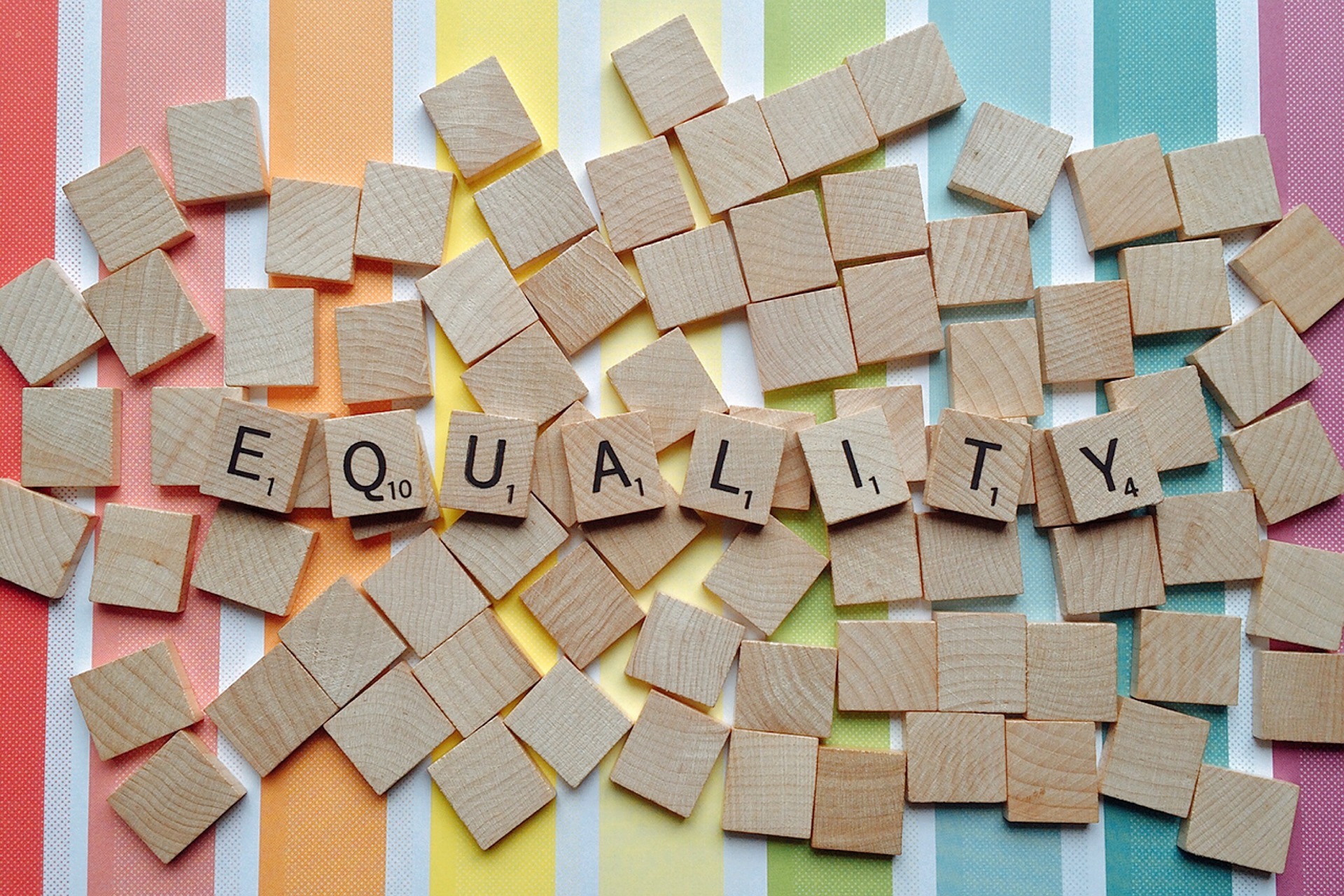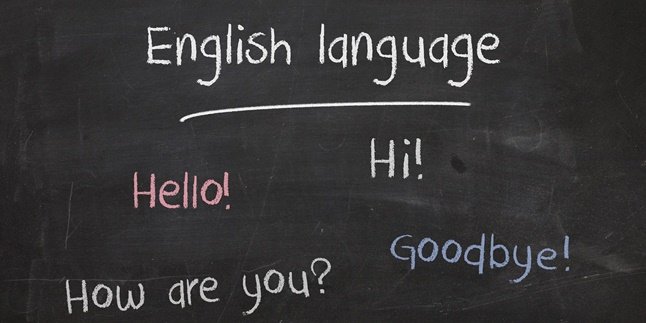Kapanlagi.com - The meaning of rights is something that is true, authority, and power for someone to do something. It is already regulated by law. For example, the right to life, education, and freedom of speech.
As humans, you also need to know the meaning of human rights which guarantee your security. Human rights are inherent in you since birth.
You need to know the meaning of human rights and other rights in order to defend yourself if someone else tries to disturb you. In fact, the state is obliged to respect, protect, and fulfill human rights for its citizens.
Now, to understand the meaning of rights along with other relevant information, please read the following explanation.
1. Meaning of Rights

Illustration (Credit: Pixabay)
The meaning of rights is often associated with the obligations that must be fulfilled by an individual. Is that true? To find the answer, let's take a look at the various meanings of rights below.
According to the Great Indonesian Dictionary (KBBI), the meaning of rights is the power to do something (because it has been determined by laws, rules, and so on) or authority according to the law.
Rights themselves have many types. Some must be obtained because obligations have been fulfilled, and some are automatically obtained, such as human rights.
According to the constitution of the Republic of Indonesia Law number 39 of 1999 concerning human rights, the meaning of human rights is the basic rights that naturally belong to humans, are universal and everlasting. Therefore, they must be protected, respected, maintained, and cannot be ignored, reduced, or taken away by anyone.
In Chapter 1, Article 1, paragraph 2, it is also explained about fundamental obligations which state:
"The basic obligation of humans is a set of obligations that, if not implemented, will not allow the realization and establishment of human rights."
2. Division of Rights

Illustration (Credit: Pixabay)
Besides knowing the meaning of rights, you also need to know the various types of rights. Not only human rights, it turns out there are still many types of rights that you need to know through the following explanation.
- Moral Rights
The meaning of moral rights is rights based on ethical principles or rules. In addition, moral rights are more individual. It can be said that these rights may not apply equally to every individual.
- Special Rights
Special rights are types of rights that arise because of a special function in a person. This means that these rights cannot be owned by just anyone. Special rights are also individual or personal.
- Legal Rights
The meaning of legal rights is rights given or obtained by someone based on applicable law. In contrast to moral rights, legal rights are more social or binding on many people in a group at the same time.
- Individual Rights
Individual rights are owned by every individual residing in a certain area. In the context of a country, individual rights are the rights possessed by every citizen of that country. The state is the party responsible for guaranteeing the fulfillment of the rights of every citizen.
- General Rights
Meanwhile, general rights are a type of human rights acquired due to certain relationships between individuals who need each other. As the name suggests, general rights are also possessed by everyone without any specific conditions. Human Rights (HR) are also classified as part of general rights.
- Social Rights
Social rights are rights closely related to community life. However, social rights do not always intersect with the state. Social rights may also exist on a smaller scale, namely in social communities.
- Positive and Negative Rights
Next, there are positive and negative rights. As the term suggests, positive rights are rights that can have a positive impact on someone. Positive rights include every obligation or power to do or obtain something according to one's authority.
Meanwhile, negative rights are rights that allow someone to freely do and obtain what they desire, while others cannot obstruct or eliminate those rights.
- Absolute Rights
Absolute rights are a type of rights that are absolute, meaning they apply fully without exceptions. Because they apply fully, absolute rights are not affected by specific conditions or situations.
However, in reality, it is difficult to find rights that are absolute. This is because every right has certain limitations. In addition, everyone's rights are often in conflict with the rights of others.
3. Meaning of Human Rights and Their Types

Illustration (Credit: Pixabay)
Not only various meanings of rights above, there is also an explanation regarding human rights that are equally important for you to know.
- Personal Rights is the right related to things that exist in every individual's personal life, such as the freedom of expression, the right to life, and so on.
- Legal Equality Rights is the right related to every individual who has the same position before the law and government. For example, the right to become a civil servant, to receive public services, and so on.
- Political Rights is the right related to an individual's political life. For example, the right to vote and be elected, the right to establish and form a political party, and so on.
- Property Rights is the right related to human activities in the economy. For example, the freedom to conduct transactions, to make contractual agreements, and so on.
- Social Culture Rights is the right related to general community life. For example, the right to develop culture, to pursue hobbies, and so on.
- Procedural Rights is the right that allows every individual to be treated equally in terms of court procedures, without being based on caste, race, economic status, and so on.
Law on Human Rights
The following are the laws that regulate human rights in Indonesia, among others:
- Article 28 A regulates the Right to Life
- Article 28 B regulates the Right to Family
- Article 28 C regulates the Right to Education
- Article 28 D regulates the Freedom of Religion
- Article 28 E regulates the Freedom of Religion
KLovers, those are some explanations about the meaning of rights and other relevant information that you need to know.
(kpl/gen/ans)
Disclaimer: This translation from Bahasa Indonesia to English has been generated by Artificial Intelligence.















